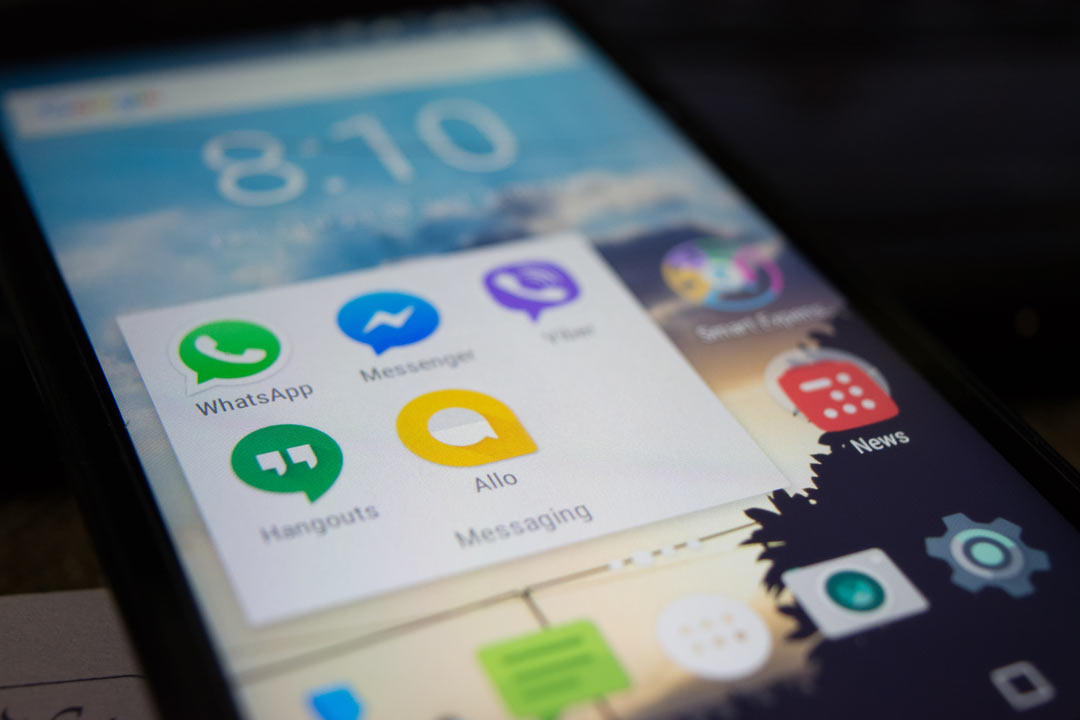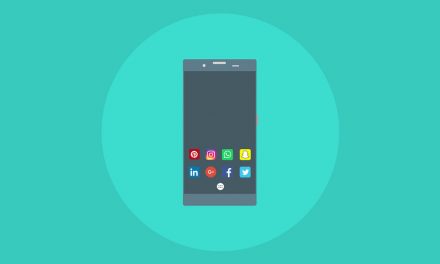Android is about to turn 10 years of being launched by Google. As everything related to technology or software development , it has suffered lot of changes since 2008.
All interface and performance changes of the Operative System are well-known by users and developers, however, you can learn more about all Android versions here.

Some of these changes have been more significant than others, so we’re going to talk about the main upgrades since the beginning:
Buggy IDEs
Before Android Studio became the main IDE for developers in 2013, which by the way was presented at Google I/O of that year, most developers used Eclipse and other platforms to create their apps.
For years, these IDEs caused headaches and troubles to developers due to their constant failures and bugs, which in some way delayed the process of building apps.
App developers had the necessity of a more fluid IDE. Eclipse didn´t let you work in more than 3 projects on your workspace or release an app if you have other active applications, for instance.
Slow Emulators
Software developers must test their apps on different devices in order to check their functionality, fix bugs or design mistakes. It is not likely they own several devices to test an app, so an emulator is required.
Before Google changed all the situation with their improvements, specially made for developers, all related tools had serious performance problems. Emulators weren’t the exception and it was common to find slow emulators, with bugs and compatibility issues that delayed the app testing process.
OS Fragmentation
OS Fragmentation is one of the most discussed troubles of Android, because it is a side effect of Android’s openness, however, Android Oreo is called to fight this battle with the incorporation of Treble.
Fragmentation used to be a much bigger problem years ago, when the percentages of distribution, based on all Android versions, were diverse. The company had to deal with millions of devices that had old versions of the OS and caused many troubles in security and app compatibility.
This issue limited app developers to use simpler tools and features in order to create useful projects in all possible devices. In the last years, Google has reduced OS fragmentation considerably, thanks to measures related to security, performance and updates.
Compatibility with other devices
Since 2008, Android has been changing constantly in order to provide a better interface and experience to users. The OS has been adapted to the new devices that the company has introduced over the last years, like smartwatches, smart car´s devices and wearables.
Before, developers had to worry only about making projects that worked with smartphones; a few years later tablets appeared, and in just a few time, new wearables and devices have been introduced, enabling Android Developers to create projects specially focused on these devices.
Those are the most notable changes of Android Development since the OS release in 2008. Of course, there are other changes that have improved the job of developers given Android’s characteristic of always being evolving. Now is your turn to take advantage of that improvements and develop your own amazing apps.








